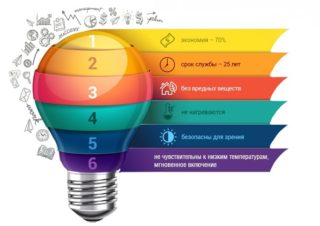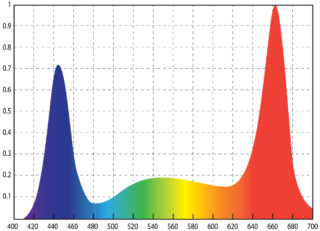Safe street lighting is the most important condition for comfortable living in the city. High-quality reliable light sources will become a real decoration of the streets. It is possible to create street lighting even without large financial costs. When using LED light sources, electricity will be significantly saved, especially if these are lamps with a motion sensor. There are special requirements for street lamps that must be dealt with before making a purchase.
Varieties of street lamps and classification
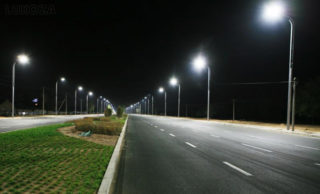
Street lamps on poles of city lighting can be divided into groups depending on the lamp used. These include:
- LED sources;
- metal halide;
- high pressure sodium;
- High pressure mercury.
By the type of energy source used, the following are distinguished:
- Electric lamps. They can be powered either from a battery or accumulator, or from the mains.
- Solar powered devices.
An alternative energy source significantly reduces your electricity bill. You just need to buy the lamp itself. But it is important to take into account that the lamp is fully charged only in clear sunny weather. In autumn and winter, such devices will be ineffective.
The most popular, efficient and economical are outdoor LED light sources. LED devices are mounted on a pole, wall of a house or other support.
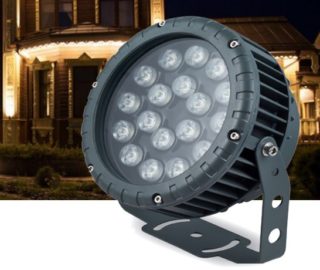
LED lights are classified according to various criteria. By appointment, there are:
- Long range action. Illumination of objects located at a distance.
- Flood light. Illumination of stadiums, parking lots and other large areas.
- Signal. Used to transfer information.
- Accent. Local highlighting of objects.
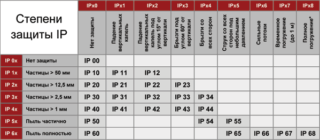
IP class of protection against moisture and dust:
- for closed rooms IP40;
- on the street IP64;
- for use under water (for example, in a pool or fountain) IP68.
By destination:
- Landscaping or gardening. Solar powered flashlights are often used.
- Architectural.
- Lighting.
Diode lights can be powered by spot LEDs or matrices.
Advantages and disadvantages
- Profitability. LEDs consume a minimum of electricity (about 10 times less than incandescent lamps).
- High quality lighting.
- Durability. When using an LED street light only in the dark, the service life can be 25 years.
- Independent of the number of on and off cycles. Lamps can fire multiple times without affecting overall life.
- Quick turn on. The diodes do not need time to start up.
- Wide operating temperature range. Outdoor LEDs can operate in the -50 ° to + 50 ° C range.
- Resistance to mechanical stress.
- Lack of noise and flicker. Due to the absence of pulsation, the LEDs can be used to illuminate the highway.
- Ease of disposal, environmental safety.
- Fire safety, explosion safety.The body practically does not heat up, it is only slightly warm, so the lamps cannot be a source of fire.
LED lights for street lighting poles also have disadvantages:
- High price. Despite the duration of operation and low energy consumption, the device itself has a rather high price. During the work, all financial investments should pay off.
- Thermal degradation of powerful components. For normal operation, you need a high-quality heat removal system. When the manufacturer saves on materials, the period of work is significantly reduced.
- The need to install a high-quality power supply. Otherwise, diodes are susceptible to damage due to voltage surges.
It is not recommended to buy cheap LED street lights on poles of unknown origin. An unscrupulous manufacturer can save on lamp elements, which has reduced the service life, and the device itself will not meet the declared characteristics.
Main technical characteristics
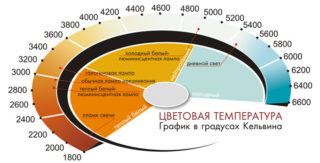
When choosing a device for outdoor lighting, it is important to pay attention to its technical characteristics.
- Working temperatures. It is recommended to take products operating from -60 ° to + 40 ° C. The parameter is determined depending on the ambient temperature of the region in which the lamp is installed.
- Protection class. Determines the possibility of stable operation in outdoor conditions with high levels of dust and atmospheric precipitation.
- Supply voltage. Recommended from 100 to 265 V.
- Power consumption.
- Light flow. Depends on power and is defined as the amount of visible light flux by the human eye.
- Luminous efficiency. 80-100 Lm / W. How much light is emitted by a 1 watt lamp.
- Radiation angle. Shows what area the lantern illuminates.
- Power factor. Depends on the driver. A high-quality product should have φ> 0.95.
- Colorful temperature. Shows the shade of white. Lamps of 4000-5000 K are usually placed on the streets.
- Color rendering index. Determines how much the colors of the backlit objects differ from the natural ones. High-quality color rendering is achieved at 80 Ra and higher.
- Ripple factor. Should be in the range from 0 to 20%, in a high-quality device does not exceed 5%.
- Operating time. 50-100 thousand hours.
- The presence of built-in sensors for motion, light, noise.
- Dimensions. Depend directly on power.
- Weight. Depends on power.
Not all manufacturers indicate the listed characteristics in the documentation. This is usually due to the desire to hide the real level of lamp operation. Verified manufacturers, who value their reputation, prescribe as many parameters as possible in the instrument's passport.
Luminaires with sensors
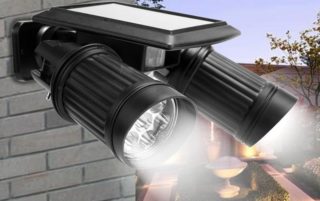
Sensor bulbs provide significant cost savings. This is because they only work when needed. The following sensors can be used in lanterns:
- movement;
- illumination;
- noise.
Motion sensor devices are the most popular. The lamp will shine only when a person's movement is detected in the line of sight. The device can be falsely triggered by animals, so it is worth setting up correctly.
To make the lamp work only in the dark, light sensors are used. They measure the light level and turn on the device as needed. It is optimal to buy an LED flashlight with a motion and light sensor at the same time.
Devices with a noise sensor respond to specified sounds. It can be clap of hands, sound of footsteps, voting command. Due to the high risk of false positives, they are rarely used, only in private areas.
Light bulbs with sensors are installed in summer cottages, on the territories of private houses, when illuminating courtyard zones or parks.


